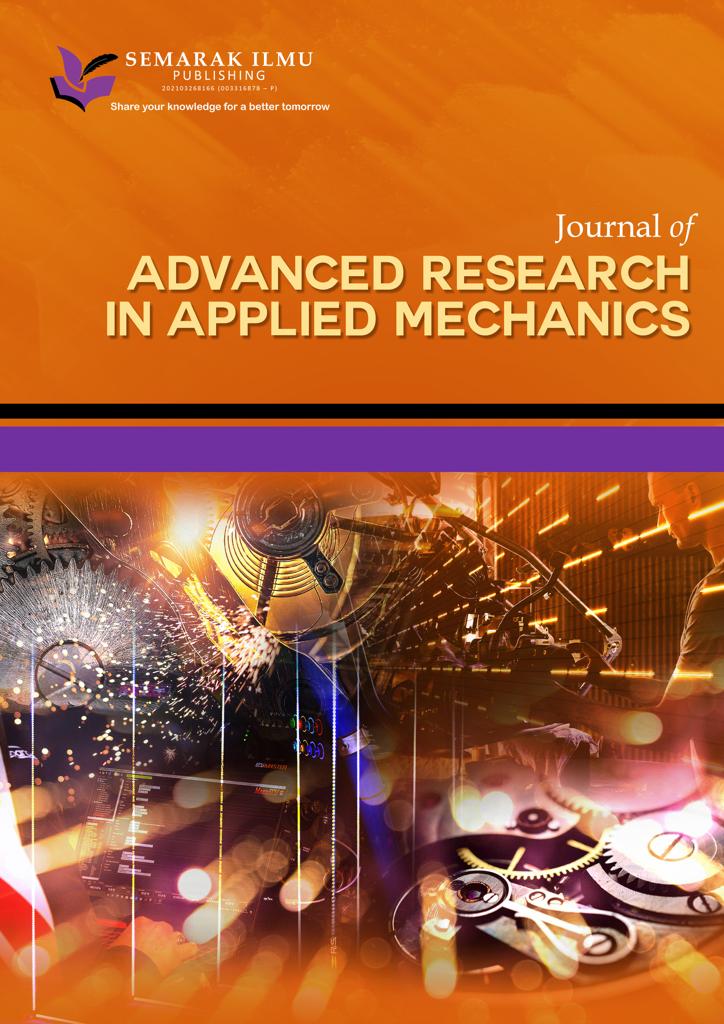Chemically Radiative and Slip Effects on MHD Heat and Mass Transfer Flow of Maxwell Nanofluid across an Inclined Surface
DOI:
https://doi.org/10.37934/arfmts.109.1.126146Keywords:
Upper-convected Maxwell fluid, inclined stretching surface, nonlinear velocity slip, thermal radiation, suctionAbstract
In both the laboratory and the manufacturing setting, nanofluids play a crucial role in improving the thermal properties of pure fluids. The heat and mass transmission of an incompressible upper-convected Maxwell fluid along a stretched sheet in the midst of heat radiation, chemical changes, and suction is investigated. The nonlinear slip condition for the Maxwell fluid is put into account herein. The diffusion model for mass and heat transfer introduced by Cattaneo and Christov is incorporated in the modelling process. The partial differential equations that regulate the system are reduced into a more fundamental form via similarity transformations. Mathematica's NDSolve technique is implemented to do a numerical treatment of the dimensionless equations once they have been translated. The upsides of this strategy lie in its ability to automatically track errors and select the best algorithm. Assessments are taken of velocity, temperature, concentration, skin friction, Nusselt number, and Sherwood number, among others. Graphs are used to quickly illustrate and clarify how various material qualities affect the flow of mass and heat transmission. Thermal relaxation and chemical reaction parameters minimize temperature and concentration fields. It is observed that greater Maxwell parameters implies a rise in the intensity of skin friction, whereas a spike in the slip parameter generates a decrease. Nusselt and Sherwood numbers diminish with Maxwell parameter.
Downloads



























